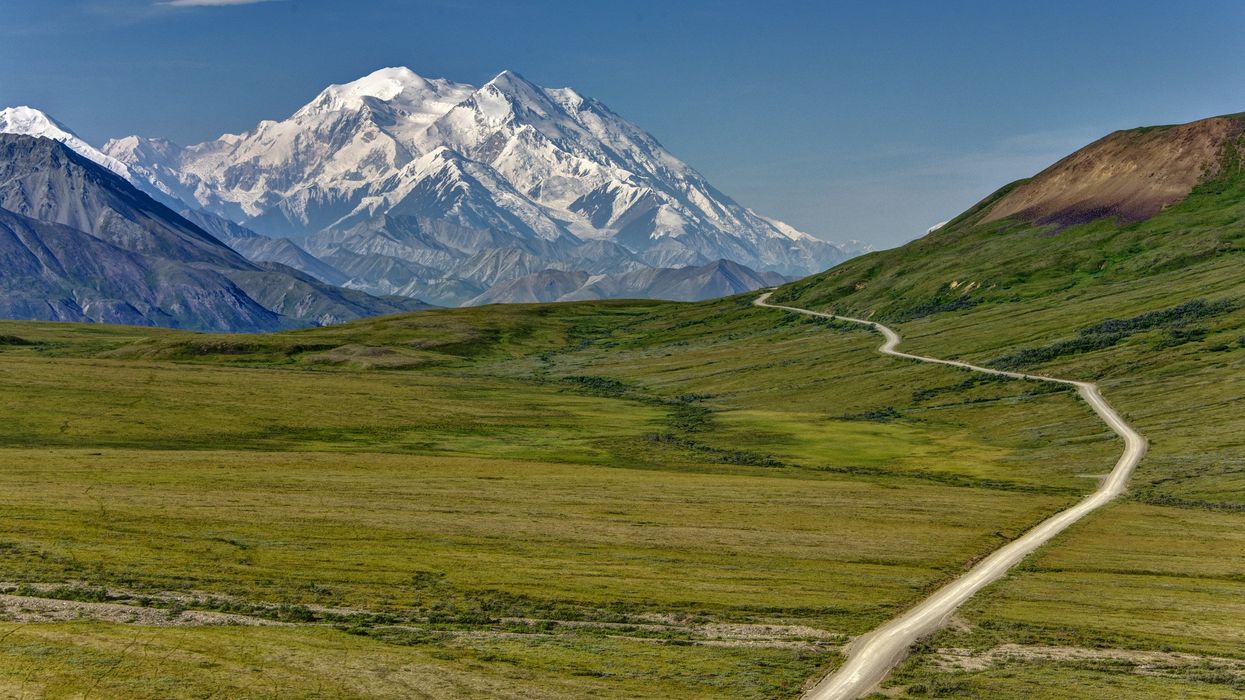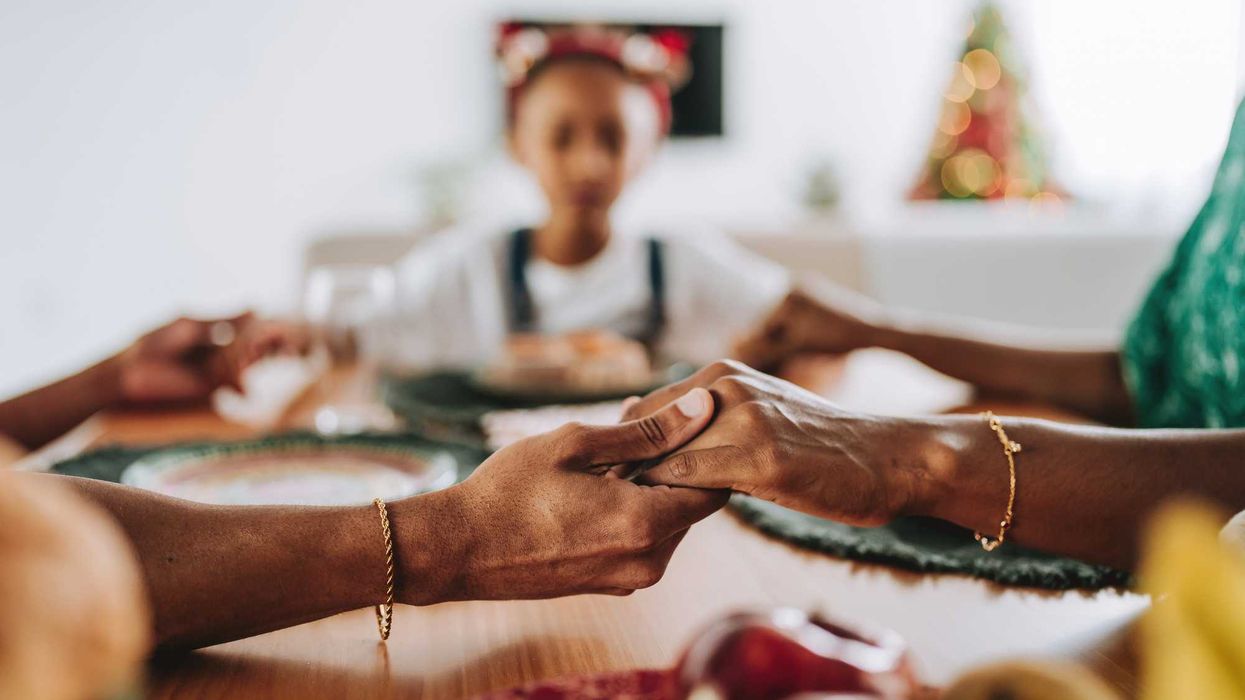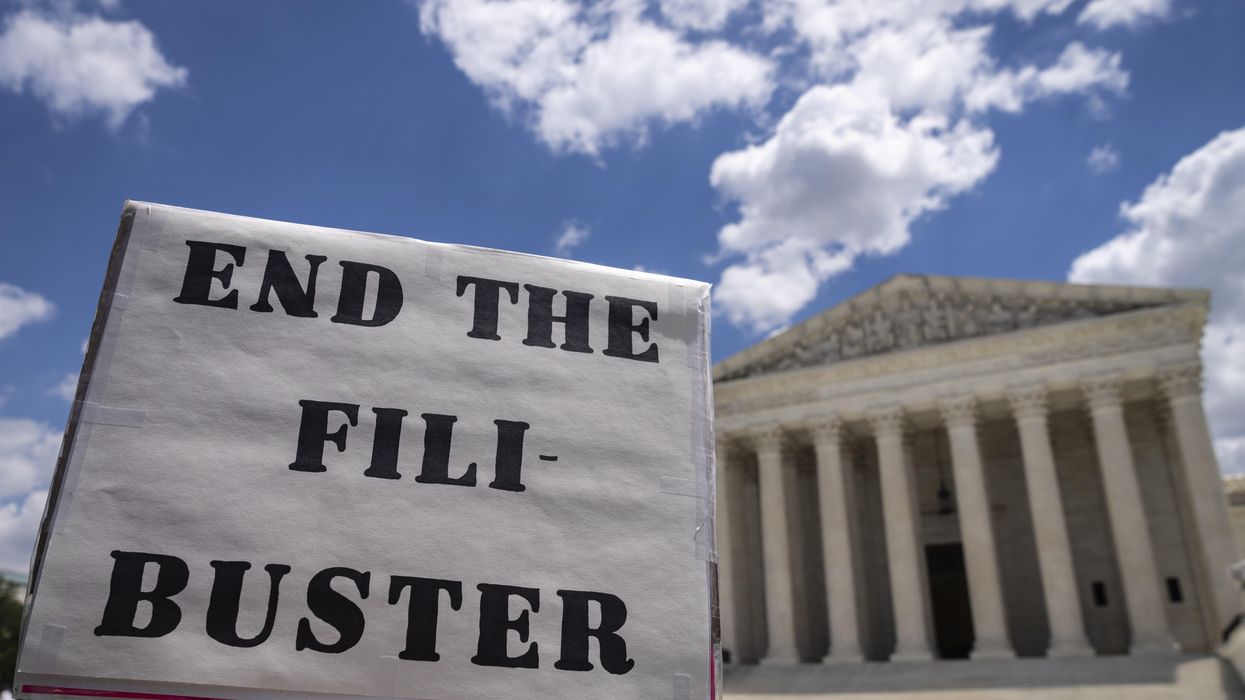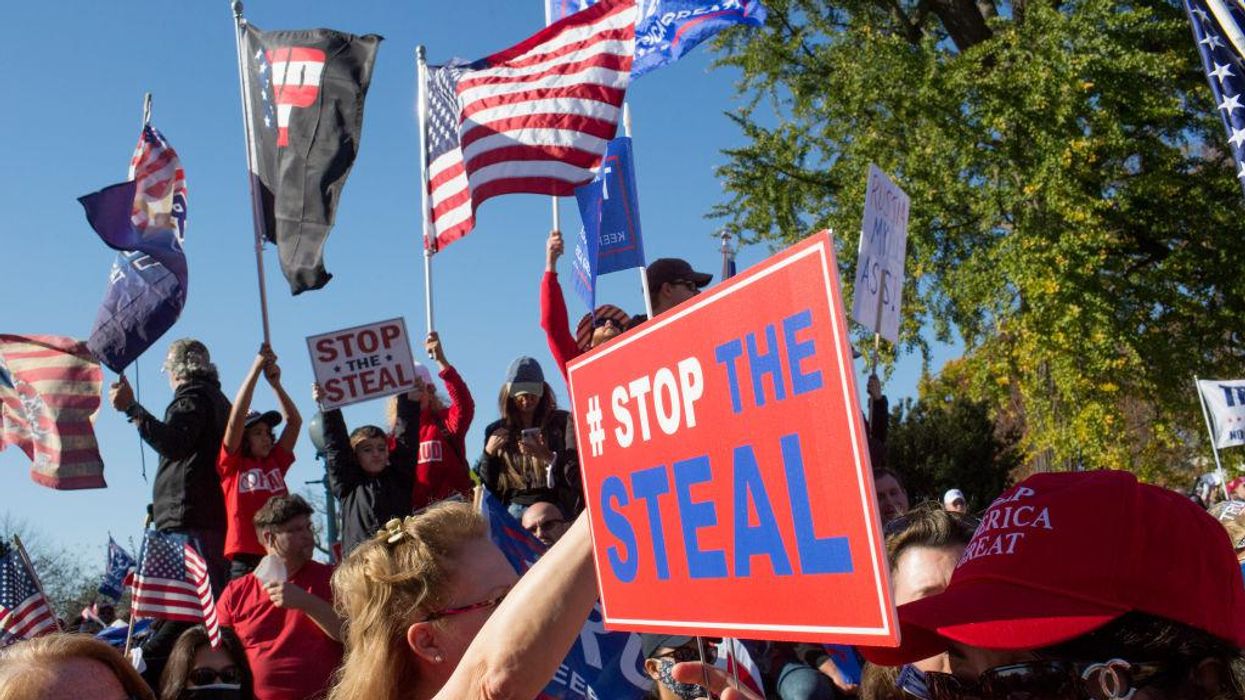President Donald Trump’s executive order to rename the Gulf of Mexico and Alaska’s Denali, the tallest peak in the country, has resulted in lots of discussion. While for some, such renaming might seem less important than the big problems the country faces, there is a formal process in the United States for renaming places, and that process is taken seriously.
Usually, so people don’t get confused, official, agreed-upon names are used by the government. In the U.S., place names are standardized by the U.S. Board on Geographic Names, which is part of the U.S. Geological Survey, the agency in charge of making maps.
In his executive order, Trump asks the Board on Geographic Names “to honor the contributions of visionary and patriotic Americans” and change its policies and procedures to reflect that.
Usually, renaming a place starts locally. The people in the state or county propose a name change and gather support. The process in each state is different.
Lake Bde Maka Ska, formerly Lake Calhoun, is the largest lake in Minneapolis. YinYang/E+ via GettyHow to change a place name
Minnesota recently changed the name of a large lake in Minneapolis to Bde Maka Ska, which the Minneapolis Park Board described as “a Dakota name for the lake that has been passed down in oral history for many years.”
The board voted to change the name and took its request to the county commissioners. When the county agreed, the request was then sent to the Minnesota Department of Natural Resources, which made it official for Minnesota. Then, the state of Minnesota sent the request to the Board on Geographic Names, which made it official for the entire U.S.
It’s a lot of paperwork for something so seemingly minor, but people get passionate about place names. It took 40 years to rename Denali from the name established in the late 19th century, Mount McKinley.
The state of Alaska requested the name change in 1975, but the Board on Geographic Names didn’t take action. Members of the Ohio congressional delegation – President William McKinley was from Ohio – objected over many years to requests to rename the mountain, and the board did not act on those requests.
The president appoints the secretary of the Interior Department. The secretary works with the heads of related agencies to appoint the Board on Geographic Names. Current committee policy states, “ Input from State geographic names authorities, land management agencies, local governments, and Tribal Governments are actively pursued.”
In 2015, President Barack Obama named a new leader for the Department of the Interior, Sally Jewell. Just as Obama made a trip to Alaska in late August 2015, Jewell declared the name change official under a law that allows the secretary of the Interior to change a name if the board doesn’t act on the proposal in a “reasonable” amount of time.
“This name change recognizes the sacred status of Denali to many Alaska Natives,” Jewell said. “The name Denali has been official for use by the State of Alaska since 1975, but even more importantly, the mountain has been known as Denali for generations. With our own sense of reverence for this place, we are officially renaming the mountain Denali in recognition of the traditions of Alaska Natives and the strong support of the people of Alaska.”
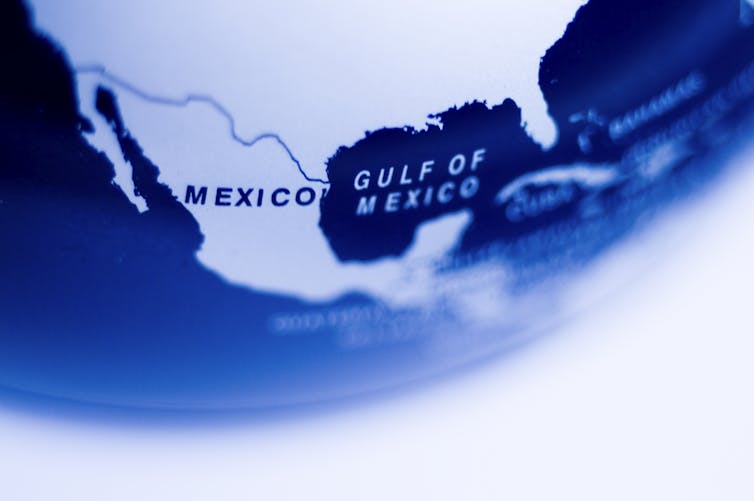 You won’t find the Gulf of America on any map. Sean Gladwell/Moment via Getty
You won’t find the Gulf of America on any map. Sean Gladwell/Moment via GettyIf someone objects to a name change, they could ask the courts to rule on whether the name change was made legally. Going back to Bde Maka Ska, some people objected to changing the name from Lake Calhoun, so they took the state natural resources agency to court. Eventually, the Minnesota Supreme Court ruled that the name change was done correctly.
Alaska’s two U.S. senators and prominent state figures have strongly objected to Trump’s renaming attempt.
How not to change a place name
Renaming the Gulf of Mexico is a different kind of case, however, from renaming a geographic place within U.S. borders.
The gulf is not within the territorial U.S. On the coast, the first 12 miles from shore are considered part of that country, but outside of that is international waters.
The Board on Geographic Names could change the name to Gulf of America on official U.S. maps, but there is no international board in charge of place names. Each country decides what to call places. And there is no official way for the U.S. to make other countries change the name.
It’s possible that the U.S. could formally ask other countries to change the name, or even impose sanctions against countries that don’t comply.
If the names were officially changed in the U.S., the government would use the new names in official documents, signage and maps. As for all the people and companies in the world that make maps, they usually use the official names. But there is nothing that would force them to, if they believed that a certain name is more widely recognized.
On Jan. 24, 2025, the U.S. Department of the Interior issued a statement on the name changes:
“In accordance with President Donald J. Trump’s recent executive order, the Department of the Interior is proud to announce the implementation of name restorations that honor the legacy of American greatness, with efforts already underway.
"As directed by the President, the Gulf of Mexico will now officially be known as the Gulf of America and North America’s highest peak will once again bear the name Mount McKinley….The U.S. Board on Geographic Names, under the purview of the Department of the Interior, is working expeditiously to update the official federal nomenclature in the Geographic Names Information System to reflect these changes, effective immediately for federal use.”
Can Trump just order new names for Denali and the Gulf of Mexico? was first published by The Conversation, and was republished with permission.
Innisfree McKinnon is an Associate Professor of Geography, University of Wisconsin-Stout.





